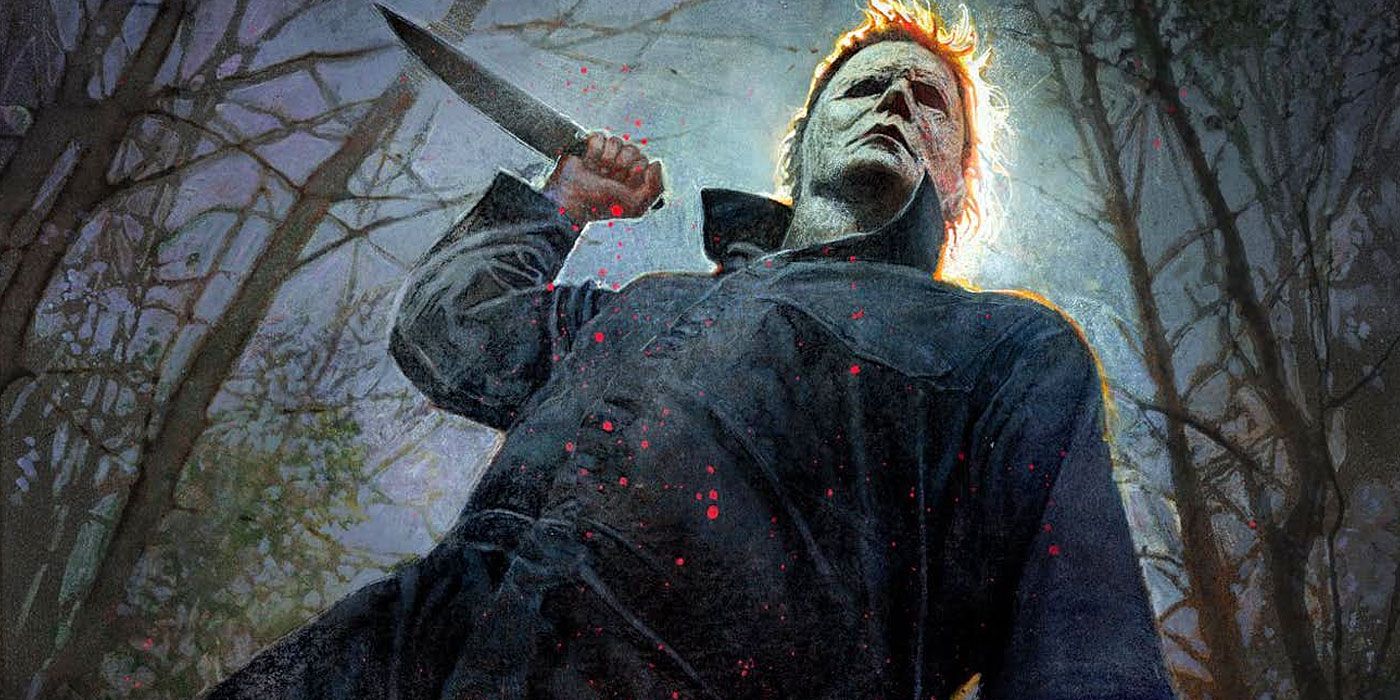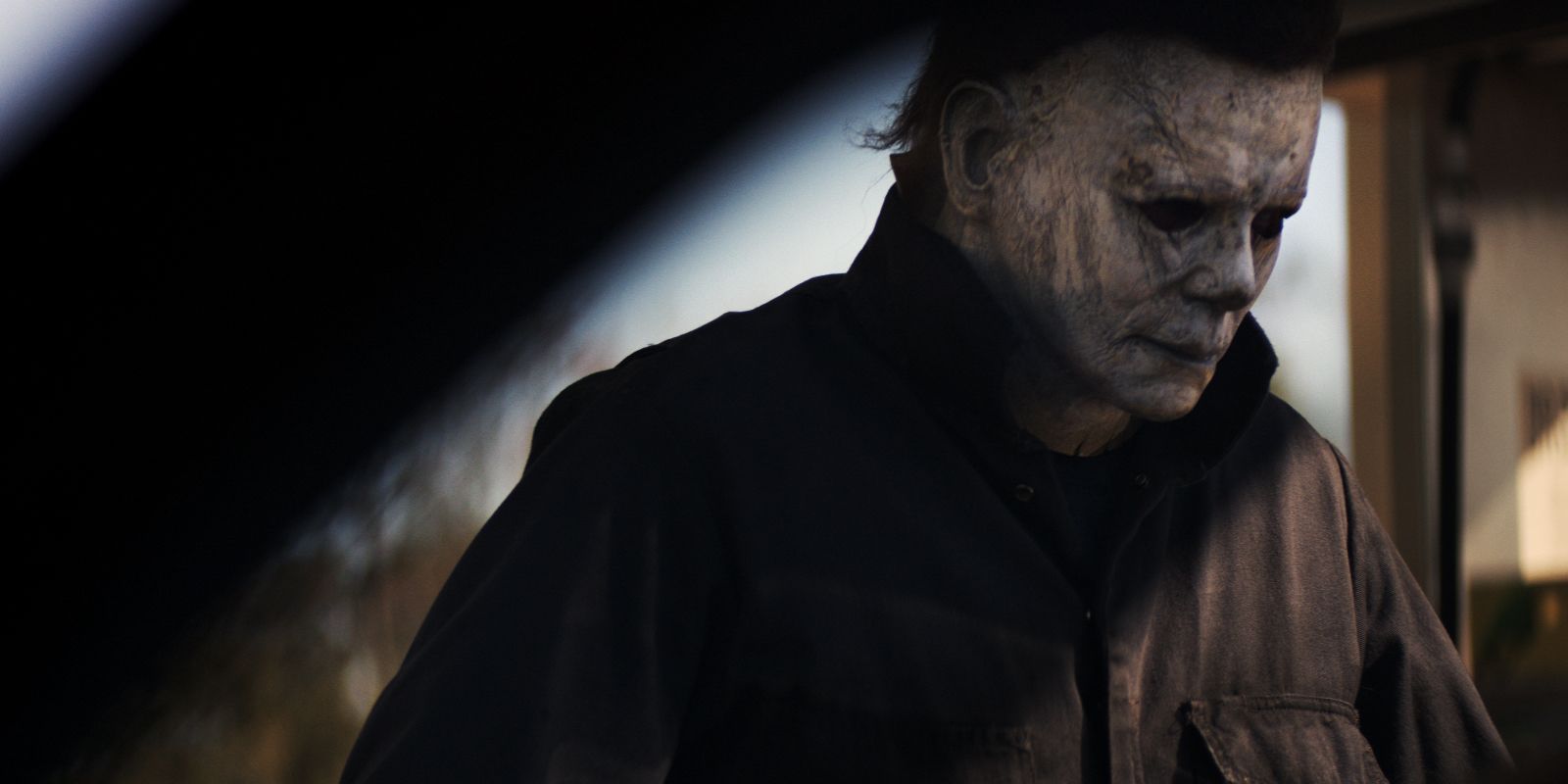John Carpenter's Halloween and its sequel helped to establish the slasher film genre by showing the real terror of being hunted by a stranger in the safety of home. Due to that largely underutilized approach, the films saw major success with fans who hadn't experienced a scare so real and visceral. When Michael's story ended in its sequel, he didn't return until the fourth installment, The Return of Michael Myers. But rather than recapture lightning in a bottle, the film served as the beginning of how the franchise lost its edge before coming back even stronger.
The Return of Michael Myers saw the pale-faced killer stalking his niece, and Laurie Strode's daughter, Jamie. In what felt like the origin of a new Michael, his niece committed a murder reminiscent of when Michael killed his sister in the original film -- complete with a similar clown costume. Though slightly on the nose, it was a unique idea to keep the franchise fresh and the viewers guessing. Although, as the slasher genre took a step into the supernatural, with characters like Freddy Krueger and Jason Voorhees, it became evident that Michael needed to keep up or get left behind.
Halloween 5: The Revenge of Michael Myers took the experimental idea of creating a new Michael and focused on him and his niece sharing a telepathic link instead. Through that link, he continued to terrorize her, killing everyone she cared about. Even though the telepathic link wasn't explained, it inadvertently set the groundwork for the larger supernatural element that came in the next film, Halloween: The Curse of Michael Myers.
Since the first Halloween film, it had only ever been teased why Michael had no weakness and always got back up after experiencing grievous bodily injuries. The sixth film in the series finally put all theories to bed while also jumping the shark. According to The Curse of Michael Myers, Michael was given a curse, called Thorn, by a Druid cult. This curse forced Michael to kill his family on the night of Halloween, explaining why he had continuously stalked his next of kin for five films after.
Though the movie fully explained Michael's motivations, it had become such a massive departure from the silent home invader angle it began with, the series was put to bed for another three years. It wasn't until after the release of Wes Craven's Scream that the series experienced new life with 1998's H20: Twenty Years Later and 2002's Halloween: Resurrection. While the former served to bring Michael back to his roots, the latter tried to give a meta-analysis of the franchise, like Scream did with horror, but failed to stick the landing.
Following Resurrection, it became evident that the franchise had finally lost its edge. It was a shadow of its former self and unable to muster the same primal fears the original had. Rob Zombie's 2007 remake of the original film and its sequel maintained the scariest aspects of the killer: his strength and relentlessness. Still, it failed to capture the touch of realism that made the original so memorable. It wasn't until 2018's Halloween that the franchise finally got back to formula.
By disregarding all films that came after the original, Halloween kept the tone of the original movie to nearly perfect detail. Though the film featured a thirty-year time jump, Michael was still as enigmatic as his first appearance and brought real fear back into the franchise with Michael killing anyone in his way. After Halloween II, the franchise experienced an identity crisis that dulled its impact. Rather than focus on its own direction, it tried to emulate other horror trends of the era and failed to succeed. But by sticking to its own formula and exploring what made the franchise so scary in the first place, Michael returned to horror with an edge that cut to the core of horror fans worldwide.


